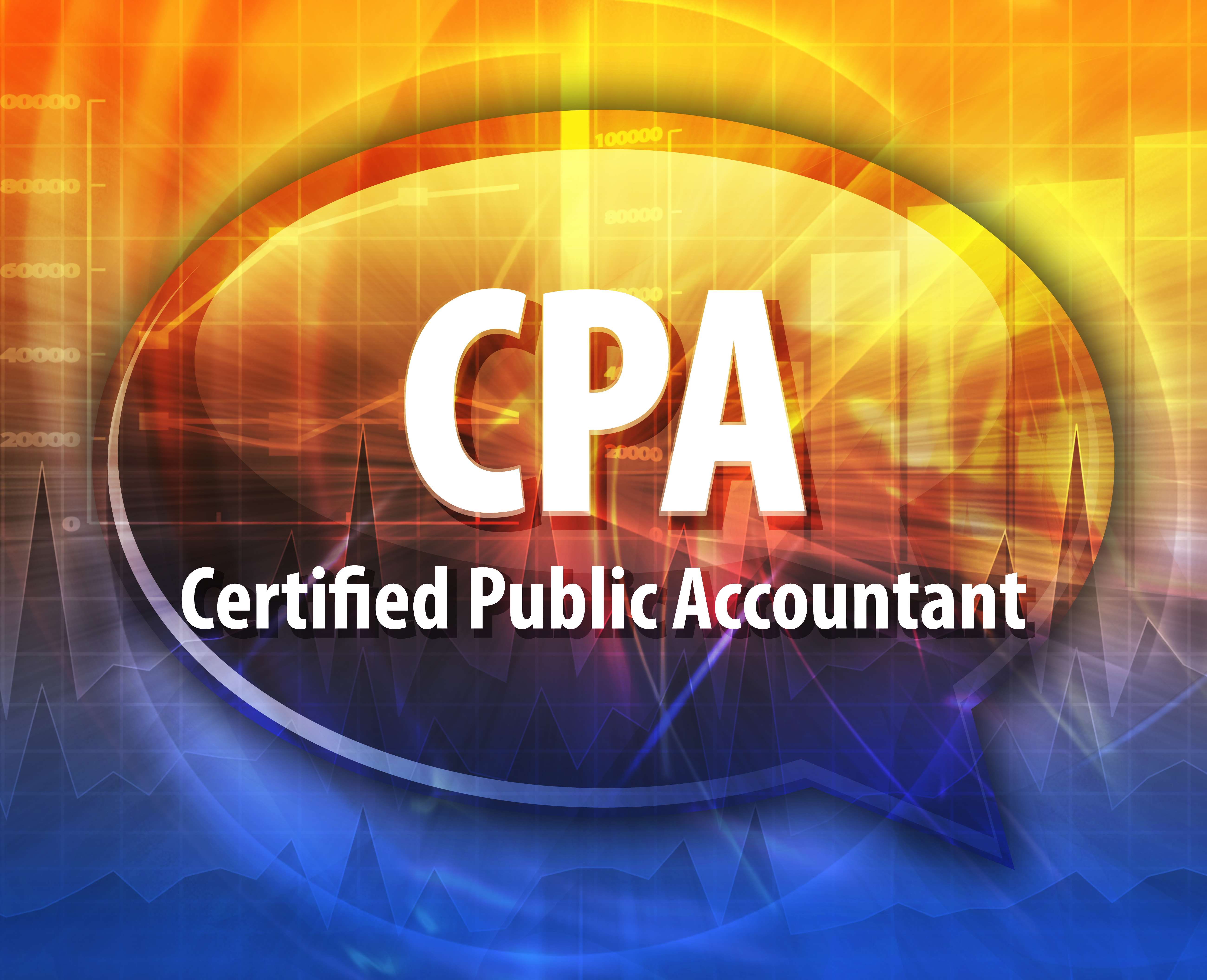
Previously discussed a sanction of Grant Thornton and two of its partners by the SEC for two problem audits. This post provides some update on the partner on one of the audits.
Francine McKenna gives us much more detail on 12/6 as she explains Best Case Yet For Publishing Audit Partners Names: Grant Thornton’s Koeppel. She points out this illustrates the value of having the name of the audit partner easily available: if that info was readily accessible, it might be possible to get an early warning on a partner that has a long trail of problem audits.
Article points us to the SEC enforcement action. I have only browsed the document. Going Concern article mentioned in my earlier post gives much of the unpleasant error-by-error detail.
Ms. McKenna points out additional highlights from the SEC. If you are still paying attention to my series of posts, you will learn a lot from her full article.
Something I did not know is the national professional standards team at Grant Thornton has a monitoring list of audit partners who have “negative quality indicators.” Based on that, I would guess most of the large firms have such a list. A watchlist for lousy audit partners is actually a thing. I didn’t know that, but then I don’t get out much.
The partner on the ALC audit was on the watchlist. The firm knew there were some quality issues.
This partner ran the Wisconsin office, was responsible for the ALC audit which was very significant to that office, and was on the watchlist. Seems to me like that would suggest a serious risk.
This partner had four clients with restatements. For the non-CPAs reading along, having a restatement on a private company is a big deal. Has to be a big number to warrant a restatement when just the bank will see the oopsie. For public company to have a restatement means there was a really big miss on the numbers.
This person was the partner for another Grant Thornton audit in three of the four years when an embezzlement was running. The firm wrote a check for $8.5M to settle up the resulting lawsuit.
Article says the firm removed her from public company audits after that fiasco, but left her running the office and in charge of other audits.
Article points out the partner came from Arthur Andersen with 17 years experience there as a partner. Each reader will have to interpret that piece of information through your own professional world view.
Article closes with a list of eight significant warning signs on performance for this partner. Ms. McKenna points out
The “negative indicators” in the Koeppel case were like a piano falling out of a fifth story window on your head, over and over.
Unless you are hired to play Wile E. Coyote in a live action movie, you might consider that when you repeatedly get hit in the head by a falling piano, it might just be time to do something to end the recurring migraines.
As an illustration of Mr. Coyote not learning his lesson, consider these failed efforts to get dinner:
[youtube:https://youtu.be/Jd_41tM6H2Y?t=15]
Accounting entries
One thing I did learn from the SEC enforcement action is their assertion of how the company engineered their plan. Each separate facility in the company had a loan, thus an individual loan covenant, and thus an individual calculation of whether the specific loan was in default. The staff calculated how many occupants were necessary in each facility to avoid triggering a covenant violation.
In a precise turn of phrase, the SEC says the covenants were
reverse engineered.
The SEC asserts the company then credited income for that facility equal to revenue that would have been paid by the number of occupants needed to meet the covenant if those residents actually existed. The offsetting debit went to revenue in the corporate entity.
Therefore total revenue was not overstated because the inappropriate entries self-eliminated.
Two immediate lessons for auditors, apart from paying attention to a medium-sized collection of 10 foot tall flashing neon lights spread throughout the revenue section of the workpapers:
- Make sure you prepare analytical reviews on a disaggregated basis. Make sure you look at the corporate-only department as well.
- Look at journal entries. I realize that is a presumptively mandatory requirement in GAAS, but still worth noting. Seems to me that a bunch of entries to credit revenue in a department and debit revenue at corporate ought to get attention.